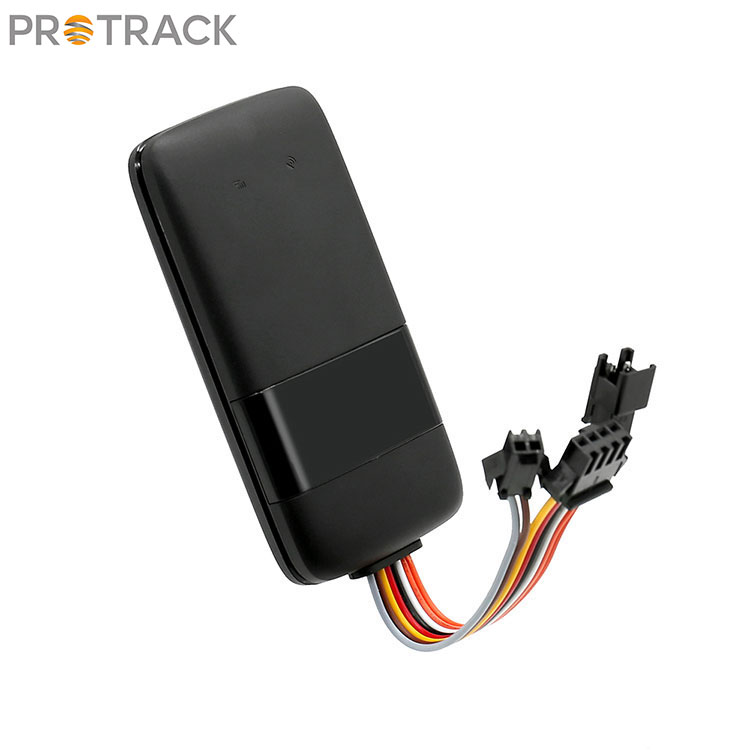Unveiling the Magic: How GPS Locator Trackers Work and the Technology Behind Them
2023-12-04
Introduction:
In the era of technological advancements, one marvel that often goes unnoticed is the ubiquitous GPS locator tracker. These small yet powerful devices play a pivotal role in various aspects of our lives, from tracking the location of a lost smartphone to monitoring the movements of a fleet of vehicles. In this blog post, we will delve into the inner workings of GPS locator trackers and explore the fascinating technology that powers their operation.
The Basics of GPS:
At the heart of every GPS locator tracker lies the Global Positioning System (GPS), a network of satellites orbiting the Earth. These satellites emit signals that are received by GPS devices to determine their precise location. The GPS system relies on trilateration, a process where signals from at least three satellites are used to calculate the device's exact position.
Satellite Constellations:
Apart from the well-known GPS satellites, there are other satellite constellations such as GLONASS, Galileo, and BeiDou. Many modern GPS locator trackers are designed to be compatible with multiple constellations, providing increased accuracy and reliability, especially in areas with obstructed views of the sky.
Receiver Technology:
The GPS locator tracker itself contains a receiver that is responsible for capturing signals from the satellites. This receiver is equipped with a small, highly sensitive antenna that can pick up weak signals even in challenging environments. The receiver then processes these signals, extracting critical information such as the time the signal was transmitted and the satellite's location.
Trilateration: The Magic Formula:
Trilateration is the mathematical process used by GPS locator trackers to determine their location. By analyzing signals received from at least three satellites, the device can calculate the distance between itself and each satellite. The intersection of these distances pinpoint the device's exact location on the Earth's surface. For increased accuracy, some GPS locator trackers use signals from four or more satellites.
Augmentation Systems:
To further enhance accuracy, augmentation systems are often employed. These systems provide additional data, such as correction signals to account for atmospheric interference or errors in the satellite signals. This ensures that the GPS locator tracker can provide precise location information even in challenging conditions.
Integration with Other Technologies:
GPS locator trackers are not standalone devices; they often integrate with other technologies to offer more advanced features. For example, cellular networks may be used to transmit location data in real-time, allowing users to track devices remotely. Geofencing, a technology that creates virtual boundaries, can be implemented for triggering alerts when a device enters or exits a predefined area.
Conclusion:
In essence, the technology behind GPS locator trackers is a symphony of satellites, receivers, and complex algorithms working seamlessly to provide accurate and reliable location information. As these devices continue to evolve, we can expect even more sophisticated features and applications to emerge, further solidifying their place in our interconnected world. The next time you use a GPS locator tracker, take a moment to appreciate the intricate technology that makes location tracking a seemingly effortless and magical experience.



